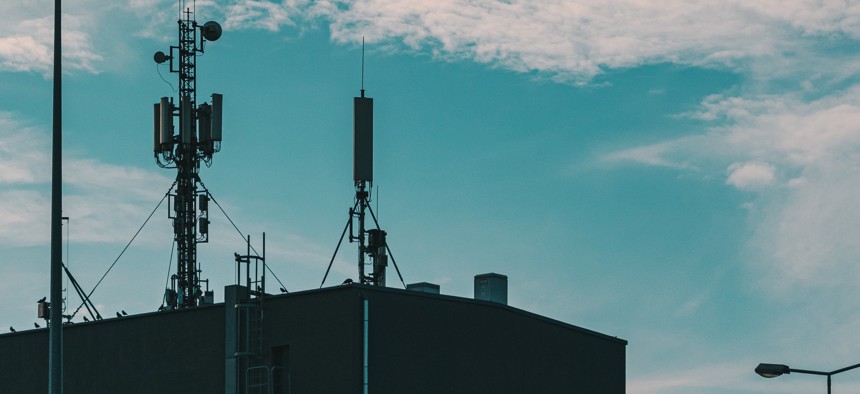sponsor content What's this?
Connectivity First: Public Safety Agencies Embrace a 5G Future

Unsplash/Jakub Pabis
Presented by
Verizon 4.29.21

What will it take for public safety leaders to successfully integrate 5G technology into their existing workflows? At a recent roundtable discussion, experts across government, industry and academia helped answer this question.
What will it take for public safety leaders to successfully integrate 5G technology into their existing workflows? At a recent roundtable discussion, experts across government, industry and academia helped answer this question.
It is becoming increasingly clear that 5G is the way of the future — and public safety agencies are particularly well-positioned to benefit from the fifth-generation technology standard. First responders, by nature of their jobs, must make quick and accurate decisions — and they need the fastest connectivity services to help them keep the public safe.
But successful adoption of 5G will require an all-hands-on-deck approach, with public and private sector partnerships and communication between carriers. At a recent roundtable discussion, sponsored by Verizon and produced by GovExec, experts across government, industry and academia came together to brainstorm ways public safety agencies can drive successful outcomes with 5G.
5G Adoption will Require Government, Industry and Academia to Work Together
With only so many IT and telecommunications resources, public safety agencies are turning to industry and academia to inch 5G efforts forward.
“I learned a long time ago, if you're an elected official, it doesn't mean that you're elected because of your knowledge in telecommunications,” said David Nash, the ESF-2 lead coordinator for the Lexington-Fayette County of Emergency Management in Kentucky. “And at the end of the day . . . we're going to have to partner with corporations like Verizon to figure out how to do this.”
Interoperability is Key to Successful First Response
Public safety organizations can do everything right when it comes to embracing 5G, but if their connectivity providers and partners don’t interoperate, getting these initiatives off the ground will be nearly impossible.
Patrick Mallon, assistant director of public safety communications for the state of California, has witnessed this challenge firsthand.
“[There are] 167,000 square miles in California, a lot of it is in very, very rural terrain,” he said. “And one carrier . . . has coverage where another one does not, yet when the emergencies go, the fires go, they don't stick to borders of counties or jurisdictions. So interoperability between the major carriers, . . . the ability for one device to be able to communicate . . . is essential, regardless of which carrier that that device is on.”
Public safety partners like Verizon understand this need, and that’s why the team is working to ensure their platforms and services can interoperate with those of other carriers.
“At the end of the day, any man or woman who is willing to run out into the crisis and provide support, I want their device to work, I actually just want it to work more than anything in the world,” said John Harris, executive director of federal civilian at Verizon Business.
“So, the better we can have interoperability that shares information across applications, shares priority levels of service, [this] can help increase the level of communication between first responders, we need to get this right.”
This article is part of GovExec’s “5G on the Frontlines” series, produced by GovExec in collaboration with Verizon. Click on the links below for other takeaways from this discussion.
Innovation at the Frontlines: How Public Safety Agencies Can Embrace the 5G Revolution
Innovations in Public Safety: How Agencies Can Secure their 5G Networks
This content is made possible by our sponsor, Verizon. The editorial staff was not involved in its preparation.
NEXT STORY: Innovation at the Frontlines: How Public Safety Agencies Can Embrace the 5G Revolution





